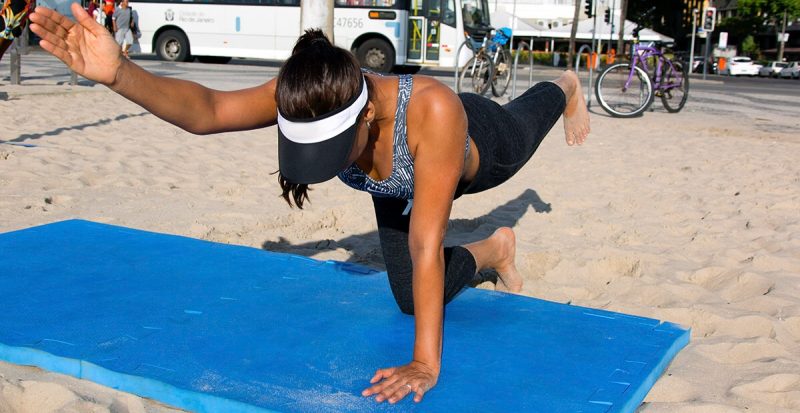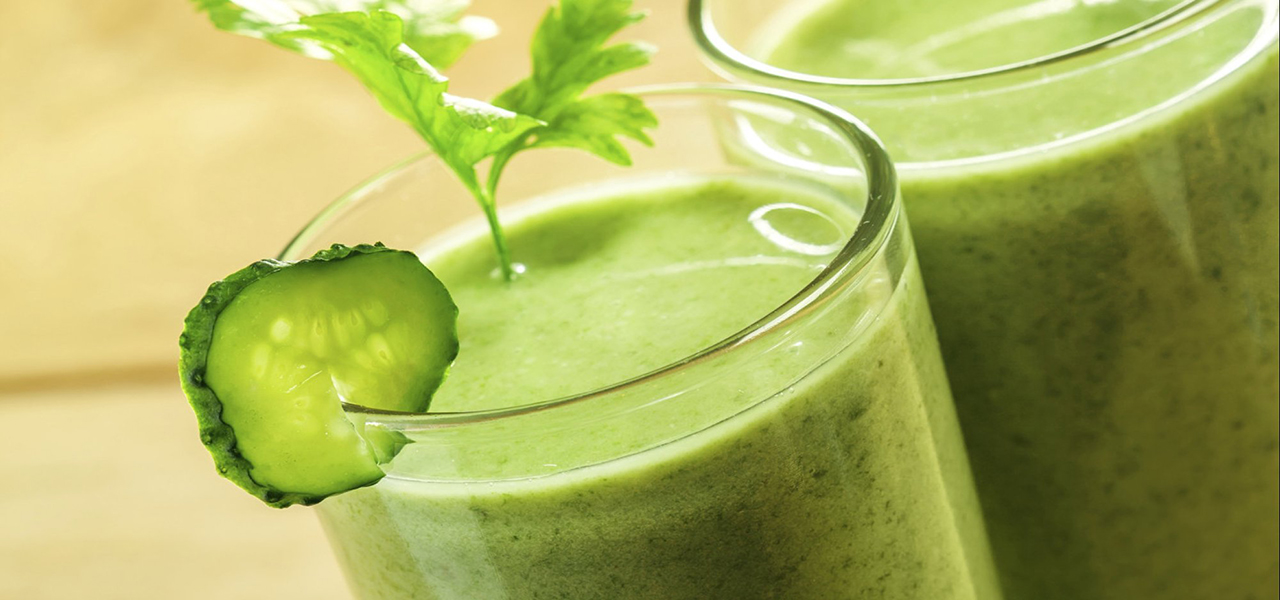A lot has been heard about core and exercises for CORE. So, let’s understand what it is. And to talk about this subject, I have consulted a super partner of our Blog, Sport & Health, Professor Dr. Alex Souto Maior, Phd and Post PhD in Physiology.
He explains that “The human movement is produced by muscle groups activated in specific sequences, in which the skeletal system acts as a simple lever machine. However, there is an integrated unit consisting of 29 pairs of muscles that support the hip-pelvic-lumbar complex. These 29 pairs of muscles are composed of the obliques (internal and external), the transversus abdominis, the rectus abdominis, the glutes, the lower back square, and the pelvic floor muscles. “
We need to strengthen these muscles, important for our body’s support. If they are not trained, we can have a deficiency in mobility by proximal instability. With a firm core, we will have stability in posture and, consequently, a more efficient movement.
Thus, exercises for the core muscles help in the development of force to the movement of the trunk and prevention of injuries; they also stabilize the spine and pelvis during movement, and align the lumbar spine against gravity, explains Dr. Alex Souto Maior.
The problem is the lack of professionals who care for the training of these muscles. And the exercises are relatively easy and can be done anywhere, indoor or outdoor. But like any exercise, it should be guided by a physical education professional, duly registered at the Regional Council of Physical Education.
A review article published in Sports Med 2008; 38 (12): 995-1008 defined an excellent training for these muscles called CORE STABILITY. This method uses static and dynamic contractions without the use of overhead (only body weight). Its practice promotes development of inter and intramuscular coordination, associated with reduced co-activation of antagonistic and improved timing of the motor units.
Thus, it increases the resistance strength of these muscles, improves stability and posture, and reduces the risk of injury.
Here are some helpful exercises (Sports Health 2013; 5 (6): 514-522; Sports Med 2008; 38 (12): 995-1008):
1 – Elevation of dynamic and isometric hip (5/2 of isometrics in each repetition) – recruitment of the gluteus maximus and medius; low back
2 – Hip lift with alternating knee extension – recruitment of the gluteus maximus and medius, lower back, hamstrings and external abdominal oblique.
3 – Bridge – external oblique and rectus recruitment of the abdomen; gluteus medius.
4 – Perdigueiro – tip: in every contralateral movement hold an isometric contraction of 5 seconds (dynamic and isometric movements) – Recruitment: Recruitment of gluteus maximus and medius, lower back, hamstrings and external abdominal oblique; low back.
5 – Exercise pike abdomen in Swiss ball – recruitment of external and internal obliques and abdomen rectum.
More tips for those who want to know more about CORE can be found in the book “PHYSIOLOGY OF EXERCISE WEATHERED” (“FISIOLOGIA DOS EXERCÍCIOS RESISTIDOS”). (Phorte publisher) authored by Prof. Dr. Alex Souto Maior.
Now that we discover what our CORE is, we know that we must be very careful with it.
A good CORE is a strong CORE!
If you have any questions, send them here to the Bog!
A big kiss!








